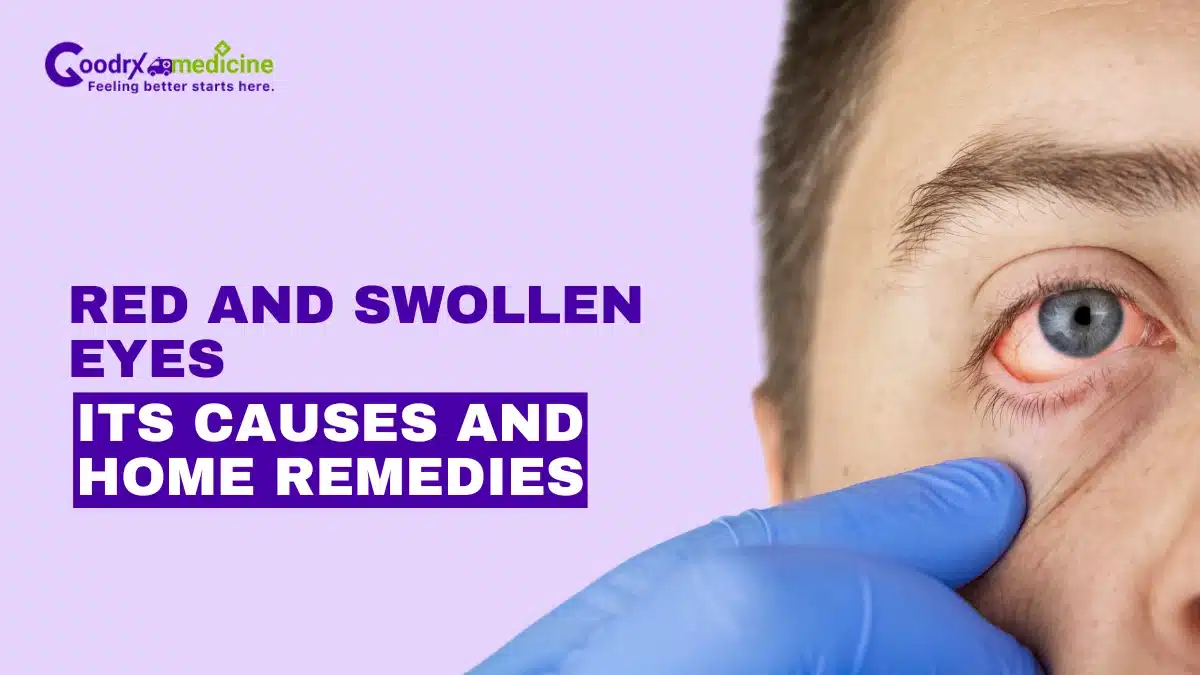A red and swollen eye is a common problem affecting individuals of all ages. This condition typically results in tearing, discomfort, blurred vision, or a feeling of heaviness. It can stem from everyday triggers, such as allergies, bacterial infections, or more serious issues like Corneal Ulcers or other eye diseases.
Knowing the potential causes is crucial for early intervention and proper eye care. While common triggers can be improved with simple self-help tips, some severe conditions can have a significant impact on your vision if left unaddressed.
In this article, you will learn about what a red and swollen eye is and its common and serious causes. We will also discuss some effective home remedies to control the symptoms. The article will further guide you on when to seek a doctor for timely action.
What is a red and swollen eye?
A swollen and red eye occurs when irritation in the eye results in visible puffiness and redness. Swelling develops in the soft tissues or the eyelids due to fluid buildup, and the redness is a result of inflammation of blood vessels. This gives the sclera (white part of the eye) a bloodshot or pink look.
These two symptoms are usually observed together in conditions such as allergies or eye disorders. Identifying whether symptoms are severe or temporary is crucial for effective management. Careful observation of related signs, such as discharge from the eyes or blurred vision, generally helps identify the underlying cause and select the right treatment.
Save up to 90% on your medicine bills
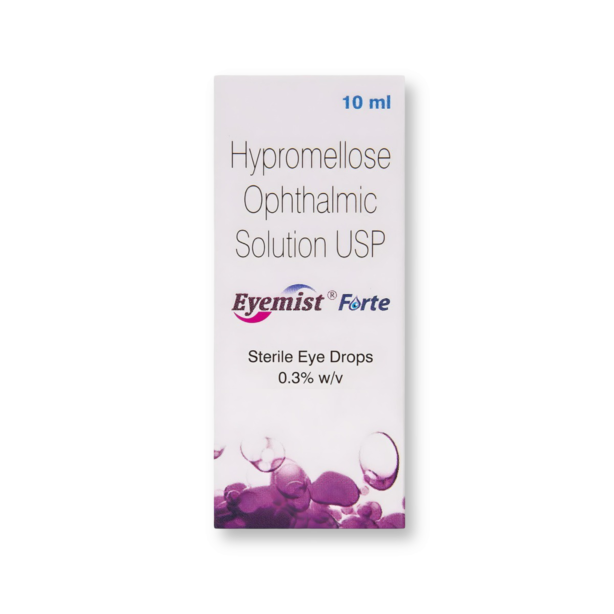
Eyemist Forte 10 ml
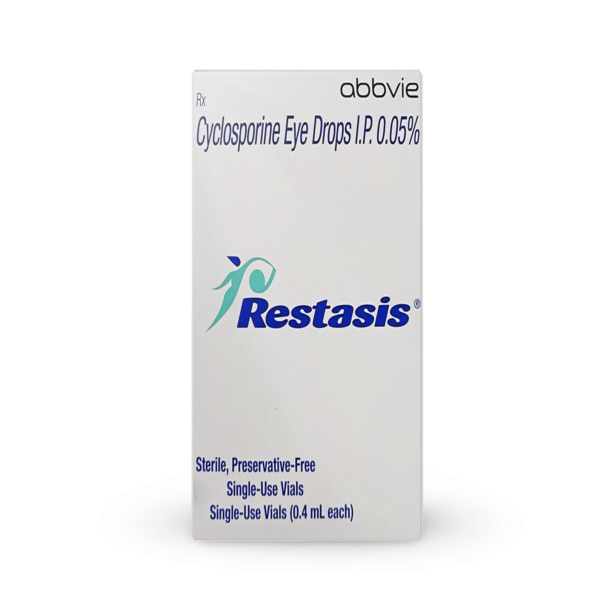
Restasis 0.05% Ophthalmic Emulsion 0.4ml
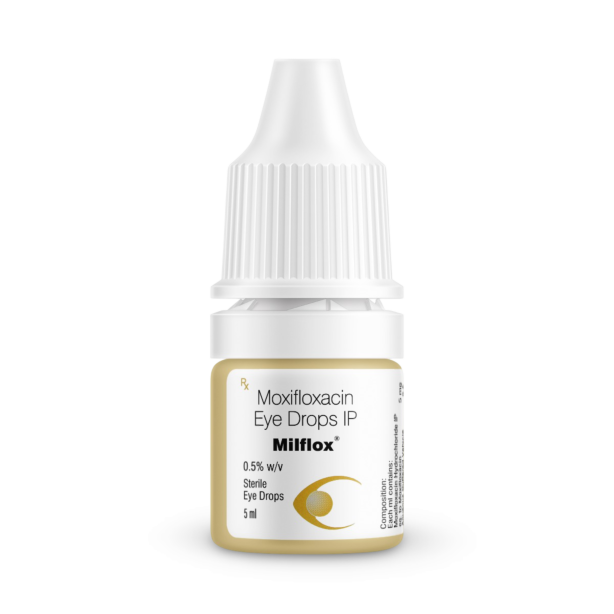
Milflox 0.5% 5 ml
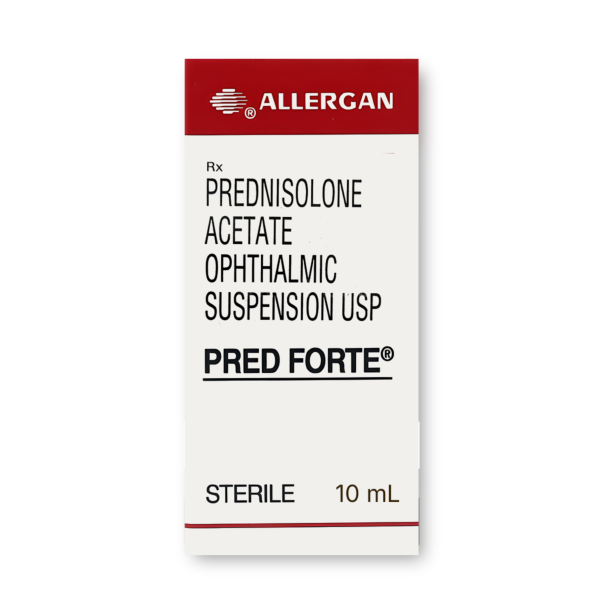
Pred Forte 10 ml
Common causes of red and swollen eye
Most cases of swollen and red eyes are associated with minor triggers that are generally manageable. Understanding these causes will help you prevent unnecessary stress and treat symptoms effectively. Listed below are the common factors:
- Pink Eye: Pink Eye, or Conjunctivitis, is a highly contagious infection that causes inflammation in the conjunctiva (thin, transparent protective layer). It leads to swelling and discharge and spreads through direct contact. Conjunctivitis can be either viral or bacterial.
- Allergies: Eye allergies are triggered by mold, dust, pet allergens, or pollen. It causes swelling, irritation, and redness. Allergic red eye can be seasonal and generally affects both eyes.
- Blepharitis: This condition includes chronic inflammation of the eyelids. It leads to swelling, redness, and crusting near eyelashes. Blepharitis is caused by bacterial infection or skin conditions.
Serious causes of red and swollen eyes
Some causes of red and swollen eyes indicate serious health risks. These require immediate attention to prevent vision loss or any permanent damage. Here are the causes you should watch for and contact a doctor immediately if they occur:
- Uveitis: It is the inflammation of the eye’s middle layer, the uvea. Uveitis triggers pain, redness, swelling, and sensitivity to light. Delay in treatment can lead to Glaucoma (damage to the eye’s optic nerve) or permanent vision issues.
- Corneal Ulcers: Misuse of contact lenses or infections can cause open sores on the cornea. These ulcers cause swelling, discharge, and redness. If left untreated, they can impair vision and cause corneal scarring.
- Scleritis: It is the inflammation of the sclera that results in pain, redness, and swelling of the eye. It can also impact vision.
- Orbital Cellulitis: It is a rare but severe bacterial infection. It impacts tissues around the eyes, causing difficulty in eye movement, redness, and swelling. According to a 2024 study, if untreated, Orbital Cellulitis can result in blindness or the spread of infection to the brain.
Also Read: To learn about the connection between Glaucoma and Red Eye, read Understanding Glaucoma Red Eye
Home remedies to control mild symptoms
If the swelling and redness are mild or triggered by common causes, the symptoms can typically be managed with at-home remedies. These tips can reduce irritation, enable recovery, and prevent complications. Some of the effective remedies you can try include:
- Over-the-Counter (OTC) medications: Artificial tears, such as Eyemist Forte, are available OTC to soothe irritation and reduce redness associated with eye dryness. Antihistamine drops, on the other hand, are mainly for allergic Conjunctivitis, relieving redness and swelling caused by allergies.
- Rest and hydration: Hydration helps reduce puffiness and flush out toxins. Proper sleep enables strained eye recovery. Both tips are simple yet effective in treating mild swelling and redness.
- Cool compresses: Applying a cool, clean cloth over closed eyes will reduce swelling. This method narrows blood vessels to relieve discomfort and irritation after long periods of strain.
- Maintain hygiene and avoid rubbing: Gentle cleaning with hypochlorous acid prevents the buildup of discharge or allergens. Eye hygiene promotes quick healing. On the other hand, rubbing should be avoided as it can spread infection and elevate irritation.
If these remedies prove ineffective and symptoms persist, consult a healthcare professional.
When to see a doctor
Remember, not all cases of swollen, red eyes can be managed safely at home. Specific warning signs indicate that immediate medical attention with an ophthalmologist (an eye doctor) is essential. See a doctor in these situations:
- Restricted or painful eye movement
- Constant eye pain
- Recent contact lens use, surgery, or eye trauma
- Yellow or green thick discharge
- Extreme sensitivity to light
- Sudden change in vision
Conclusion
Swollen and red eyes are a result of eye irritation, which can lead to puffiness, blurred vision, discomfort, or tearing. They are usually treatable, but can sometimes indicate more serious underlying issues with eye health. Common causes, including allergies, Pink Eye, or Blepharitis, are uncomfortable but manageable. Home remedies can enable relief when symptoms are mild, especially with proper hygiene, hydration, and the use of Artificial Tears.
However, persistent, vision-affecting, and painful symptoms require immediate medical attention. Conditions like Uveitis or Corneal Ulcers need timely intervention from a healthcare professional. Addressing these concerns early protects long-term eye health. By balancing home care approaches with professional aid when required, you can eliminate eye discomfort and maintain healthy eye function.

Frequently Asked Questions
How long does a red eye last?
The duration largely depends on the cause. Viral Pink Eye takes 1-3 weeks to completely clear off. Allergic Pink Eye usually subsides within 24 hours if the allergen is removed. Bacterial Pink Eye generally improves within 2-5 days with antibiotic treatment. Consult a doctor if the symptoms last longer than the mentioned durations.
What would cause just one eye to swell?
Swelling in one eye, also known as unilateral eye swelling, can be caused by several factors, including insect bites, blocked tear ducts, or infections (bacterial or viral). It could also be triggered by a local allergic reaction or injury to one eye.
How long do swollen eyes last?
Depending on the cause, a swollen eye can last 2-5 days to 1-2 weeks. Mild swelling generally subsides within 24-48 hours. If it lasts longer and is followed by pain or vision changes, consult an eye doctor immediately.
Does sleep position affect eye swelling?
Yes, sleep position affects eye swelling by causing fluid accumulation. Sleeping on your side or stomach can cause fluid to collect around the eye, which is pressed against the bed or pillow. This can lead to swelling or puffiness upon waking up.
When referencing outside resources, GoodrxMedicine always provides full citations. To learn more about the measures we use to maintain the quality of our content, please review our Content Information Policy.



